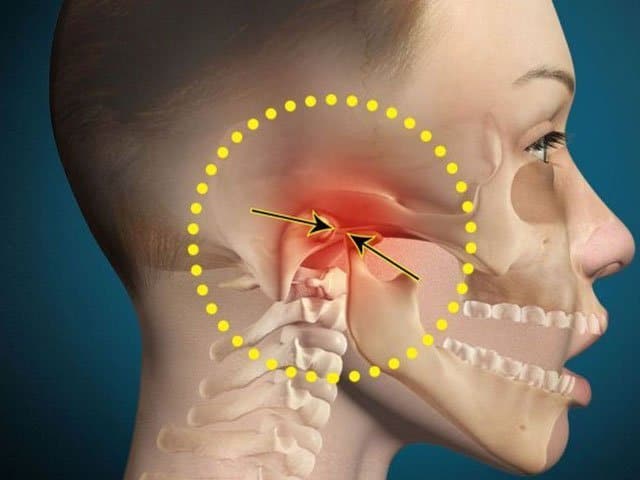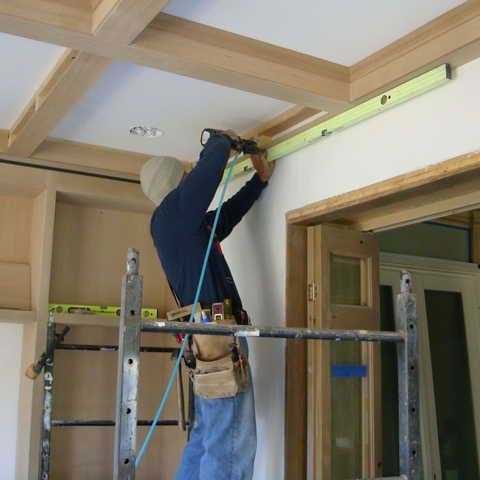Temporomandibular disorders (TMD) encompass a variety of conditions affecting the temporomandibular joint (TMJ), muscles, and nerves related to jaw movement. The TMJ connects the jawbone to the skull, facilitating actions like chewing, talking, and yawning. Issues in this complex system can lead to pain and dysfunction, impacting daily life. This article delves into the symptoms, causes, and treatments of TMD, offering a comprehensive understanding of this often misunderstood condition.
What Are Temporomandibular Disorders (TMD)?
TMD refers to a group of disorders involving the TMJ and surrounding muscles and ligaments. It can manifest in various forms, including:
- Myofascial Pain: The most common type, characterized by discomfort or pain in the muscles controlling jaw function.
- Internal Derangement: Involves a displaced disc, dislocated jaw, or injury to the condyle (the rounded end of the jaw bone).
- Arthritis: A group of degenerative or inflammatory joint disorders that can affect the TMJ.
Symptoms of TMD
TMD can present with a wide range of symptoms, often making diagnosis challenging. Common symptoms include:
- Jaw Pain: Pain or tenderness in the jaw, especially around the TMJ area.
- Headaches: Frequent headaches or migraines, often associated with jaw tension.
- Ear Pain: Earaches or a sensation of fullness in the ears.
- Clicking or Popping Sounds: Noises when opening or closing the mouth.
- Difficulty in Chewing: Discomfort or pain while eating.
- Lockjaw: Limited movement or the jaw getting stuck in an open or closed position.
- Facial Pain: Generalized pain in the face, neck, and shoulders.
Causes of TMD
The exact cause of TMD is often multifactorial, involving a combination of genetic, hormonal, and environmental factors. Key causes include:
- Jaw Injury: Trauma or injury to the jaw or TMJ can lead to TMD.
- Arthritis: Degenerative joint diseases such as osteoarthritis or rheumatoid arthritis can affect the TMJ.
- Bruxism: Habitual grinding or clenching of teeth can strain the TMJ.
- Stress: High stress levels can lead to muscle tension and jaw clenching.
- Poor Posture: Misalignment in the neck and upper back can affect the jaw muscles.
- Dental Issues: Malocclusion (improper bite) or missing teeth can disrupt the alignment of the TMJ.
Diagnosing TMD
Diagnosing TMD involves a combination of medical history, physical examination, and imaging tests. Key steps include:
- Medical History: Reviewing symptoms, medical history, and any previous jaw injuries or dental issues.
- Physical Examination: Checking for pain, tenderness, clicking, popping, or locking in the jaw.
- Imaging Tests: X-rays, MRI, or CT scans to get a detailed view of the jawbone, joint, and surrounding tissues.

Treatment Options for TMD
Treatment for TMD varies based on the severity and underlying cause of the disorder. Options range from conservative home remedies to surgical interventions.
Home Remedies and Lifestyle Changes
- Resting the Jaw: Avoiding hard or chewy foods and limiting jaw movements.
- Ice and Heat Therapy: Applying ice packs to reduce inflammation and heat packs to relax muscles.
- Stress Management: Techniques such as meditation, yoga, and biofeedback to reduce muscle tension.
- Jaw Exercises: Gentle exercises to improve jaw movement and strengthen muscles.
- Good Posture: Maintaining proper posture to reduce strain on the TMJ.
Medical and Dental Treatments
- Medications: Over-the-counter pain relievers, anti-inflammatories, muscle relaxants, or prescription medications for severe pain.
- Dental Splints and Mouthguards: Devices to prevent teeth grinding and improve jaw alignment.
- Physical Therapy: Exercises and treatments to improve jaw function and reduce pain.
- Injections: Corticosteroid injections or Botox to relieve pain and improve movement.
Surgical Treatments
In severe cases where conservative treatments fail, surgical options may be considered, including:
- Arthrocentesis: Minimally invasive procedure to remove debris and inflammatory byproducts from the joint.
- Arthroscopy: Using a tiny camera to diagnose and treat TMJ problems.
- Open-Joint Surgery: More invasive procedure to repair or replace the TMJ.
Preventing TMD
While not all cases of TMD can be prevented, certain measures can reduce the risk of developing this condition:
- Avoid Overuse of Jaw Muscles: Limit activities that strain the jaw, such as chewing gum or eating hard foods.
- Practice Stress Management: Regularly engage in stress-reducing activities.
- Maintain Good Posture: Ensure proper alignment of the head, neck, and shoulders.
- Protect the Jaw: Use mouthguards during sports or at night if you grind your teeth.
- Regular Dental Checkups: Routine visits to the dentist to address any dental issues promptly.
Living with TMD
Managing TMD requires a combination of medical treatment, lifestyle adjustments, and self-care strategies. Here are some tips for living with TMD:
- Follow Treatment Plans: Adhere to your healthcare provider’s recommendations.
- Stay Informed: Educate yourself about TMD and stay updated on new treatments and management strategies.
- Communicate with Healthcare Providers: Keep an open line of communication with your dentist, doctor, or therapist to address any concerns or changes in symptoms.
Conclusion
Temporomandibular disorders can significantly impact daily life, causing pain and dysfunction in the jaw and surrounding areas. Understanding the symptoms, causes, and treatment options is crucial for effective management. Whether through lifestyle changes, medical treatments, or surgical interventions, many people find relief from TMD and improve their quality of life. Please take a moment to visit tmj specialist singapore to find additional tips and information about temporomandibular disorders.







